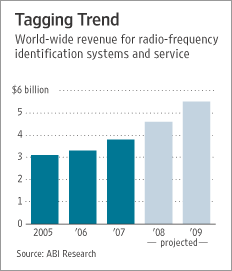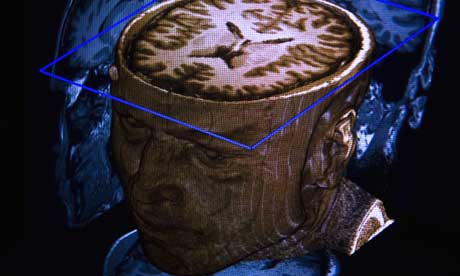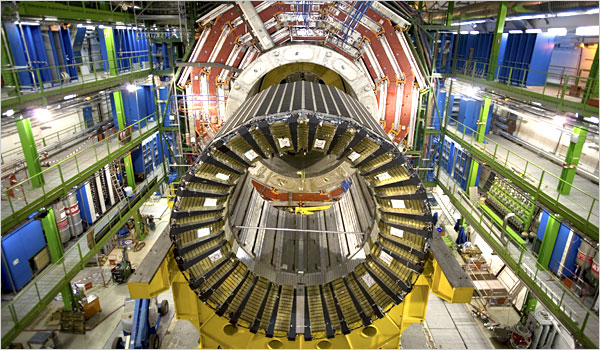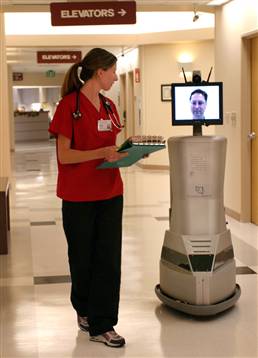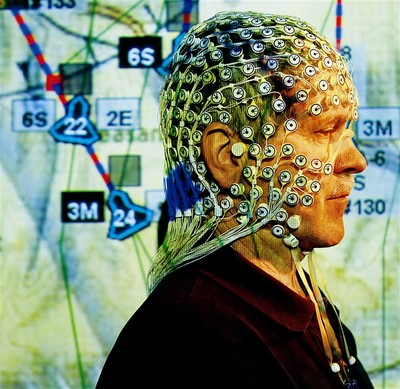
Think U.S. health authorities have never conducted outrageous medical experiments on children, women, minorities, homosexuals and inmates? Think again: This timeline, originally put together by Dani Veracity (a NaturalNews reporter), has been edited and updated with recent vaccination experimentation programs in Maryland and New Jersey. Here’s what’s really happening in the United States when it comes to exploiting the public for medical experimentation:
(1845 – 1849) J. Marion Sims, later hailed as the “father of gynecology,” performs medical experiments on enslaved African women without anesthesia. These women would usually die of infection soon after surgery. Based on his belief that the movement of newborns’ skull bones during protracted births causes trismus, he also uses a shoemaker’s awl, a pointed tool shoemakers use to make holes in leather, to practice moving the skull bones of babies born to enslaved mothers (Brinker).
(1895)
New York pediatrician Henry Heiman infects a 4-year-old boy whom he calls “an idiot with chronic epilepsy” with gonorrhea as part of a medical experiment (“Human Experimentation: Before the Nazi Era and After”).
(1896)
Dr. Arthur Wentworth turns 29 children at Boston’s Children’s Hospital into human guinea pigs when he performs spinal taps on them, just to test whether the procedure is harmful (Sharav).
(1906)
Harvard professor Dr. Richard Strong infects prisoners in the Philippines with cholera to study the disease; 13 of them die. He compensates survivors with cigars and cigarettes. During the Nuremberg Trials, Nazi doctors cite this study to justify their own medical experiments (Greger, Sharav).
(1911)
Dr. Hideyo Noguchi of the Rockefeller Institute for Medical Research publishes data on injecting an inactive syphilis preparation into the skin of 146 hospital patients and normal children in an attempt to develop a skin test for syphilis. Later, in 1913, several of these children’s parents sue Dr. Noguchi for allegedly infecting their children with syphilis (“Reviews and Notes: History of Medicine: Subjected to Science: Human Experimentation in America before the Second World War”).
(1913)
Medical experimenters “test” 15 children at the children’s home St. Vincent’s House in Philadelphia with tuberculin, resulting in permanent blindness in some of the children. Though the Pennsylvania House of Representatives records the incident, the researchers are not punished for the experiments (“Human Experimentation: Before the Nazi Era and After”).
(1915)
Dr. Joseph Goldberger, under order of the U.S. Public Health Office, produces Pellagra, a debilitating disease that affects the central nervous system, in 12 Mississippi inmates to try to find a cure for the disease. One test subject later says that he had been through “a thousand hells.” In 1935, after millions die from the disease, the director of the U.S Public Health Office would finally admit that officials had known that it was caused by a niacin deficiency for some time, but did nothing about it because it mostly affected poor African-Americans. During the Nuremberg Trials, Nazi doctors used this study to try to justify their medical experiments on concentration camp inmates (Greger; Cockburn and St. Clair, eds.).
Read moreVaccines and Medical Experiments on Children, Minorities, Woman and Inmates (1845 – 2007)




